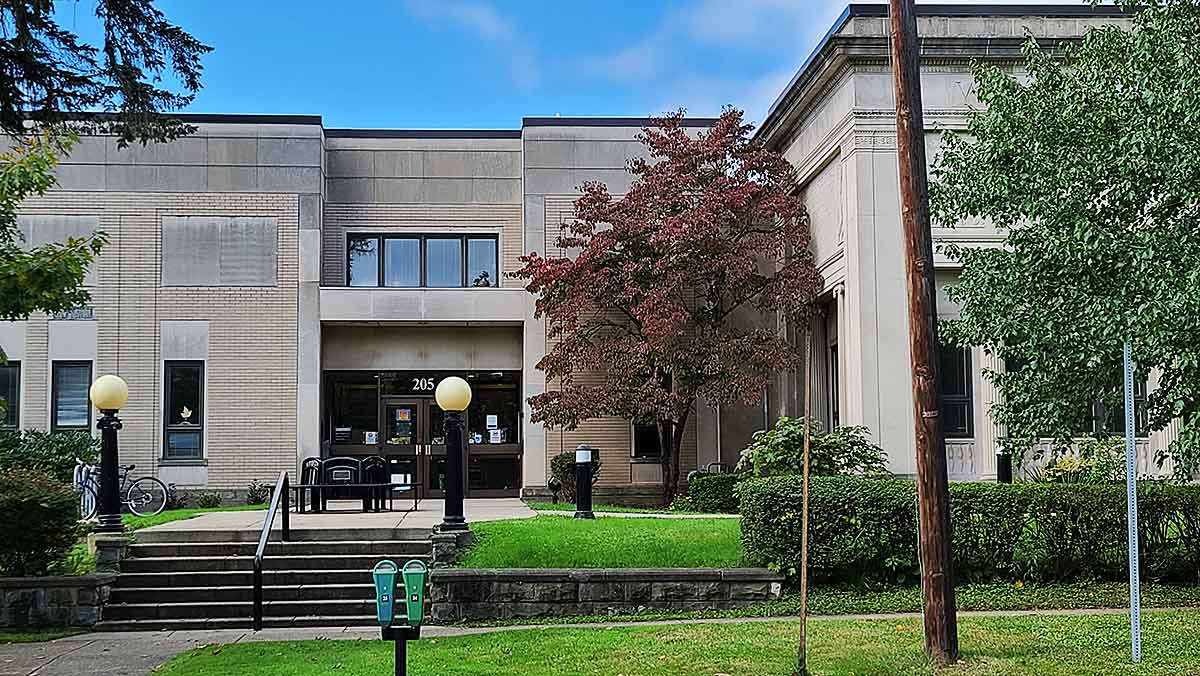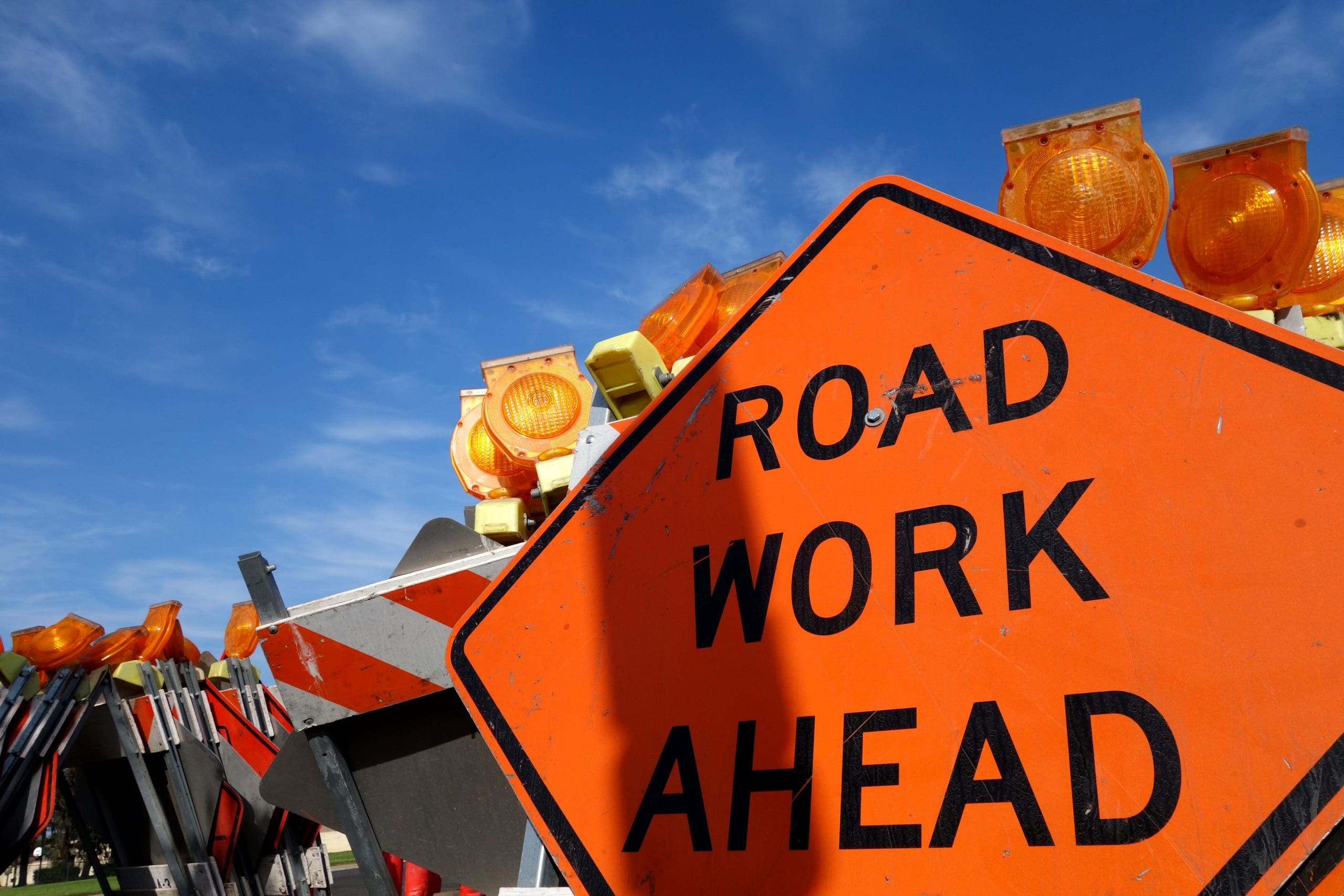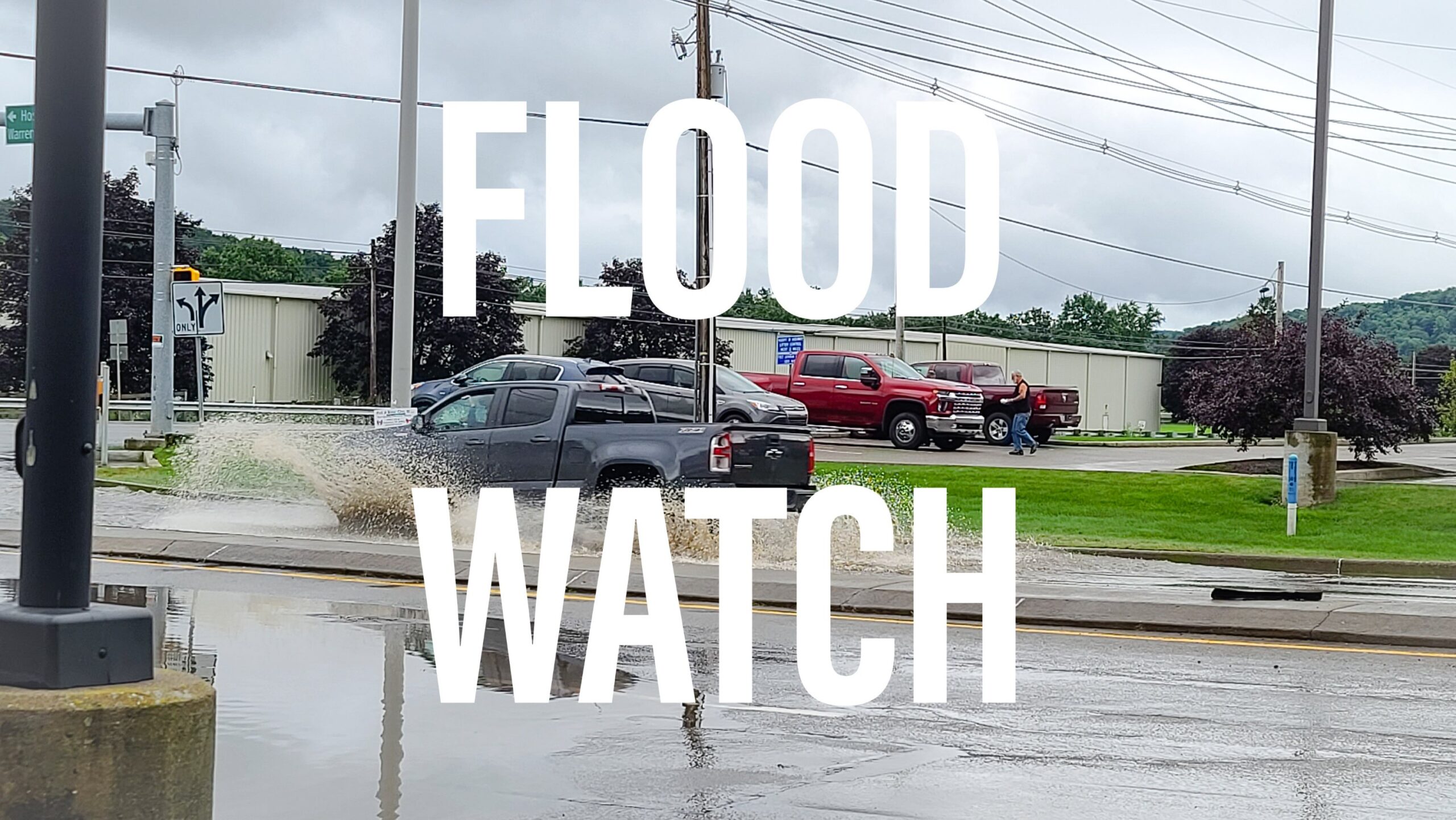Climate problems may seem overwhelming, but people all around this great nation are doing their part. This week we’re looking at SOUTH DAKOTA and the question is: Why go to Denmark to understand what’s happening with South Dakota corn?
Farms are South Dakota’s economic driver and corn is the #1 crop. I like the way the SD State Univ. Extension represents it: “Nearly one out of every three dollars generated by South Dakota agriculture starts in a corn field. Two of every three rows of corn become ethanol.”
Ethanol is an alcohol fuel that was first isolated from wines in Europe in the 12th century. In 1876, ethanol-fueled the first internal combustion engine. Raw materials used to make ethanol are called feedstocks, and come from a few dozen plant sources. Corn became the main feedstock for ethanol production in the 1980s when the US faced a major energy crisis caused in part by dependence on Middle Eastern oil.
Ethanol has lower carbon emissions than gas: the 10-15% blend you see at the pump reduces fossil fuels’ carbon footprint. The downside of corn ethanol is that it takes a lot of energy to distill the corn mash required to make ethanol, and many refineries have historically been powered by dirtier fuels such as coal and oil. Nowadays we factor this information into the carbon equation, as well as the environmental impacts of land use when growing corn.
In this, we find numerous drawbacks: in practice, corn is a monoculture crop, suppressing biodiversity; the soil disturbance level and release of CO2 are high (although improving, with low-till and no-till methods); corn crops use lots of water which may pollute water supplies (with increases in nitrate leaching); and corn requires large amounts of costly fertilizer.
Corn certainly filled an important role in reducing dependence on foreign oil. Many in South Dakota think we just need to grow more corn and produce more ethanol. However, now that we’ve elevated the imperative to reduce overall greenhouse gas emissions, we recognize the importance of factoring in all environmental costs into the decisions about fuels and transportation.
The US goal was to produce 4 billion gallons of ethanol in 2006, increasing to 36 billion gallons by 2022 – but not all from corn. 15 billion is both the corn target and its limit, with the rest (21 billion gallons) to be produced from alternatives such as biofuels (e.g., from used cooking oils), renewable diesel (from oil seeds or grasses, etc.), and renewable natural gas (i.e., methane collection). At present (2022 data), the US lags behind, producing only 3 billion of the target 21 billion gallons annually from non-corn biofuels. Perennial, non-food plants such as switchgrass have a lower environmental impact and can be grown on marginal lands, freeing up productive soils for other types of food crops to feed a hungry world.
European countries have made more dramatic advancements in recent years, many of which trace back to the Danish engineer Haldor Topsøe (1913-2013), a student of the brilliant physicist Neils Bohr. His self-named company specializes in catalysis (chemical reactions where a substance accelerates the reaction but is not consumed by it), a fundamental process harnessed by a multitude of industries. These advances have lowered emissions while raising the efficiency of biofuel production. The holy grail in alternative fuels is to find a high-grade biofuel for aviation and marine transportation.
To put the renewable fuels issue in South Dakota into context, look at the current fuels landscape from a global perspective. This week’s featured listening is from Topsøe which launched “the world’s first podcast on renewable fuels” a few years ago.
If you have internet access, you’ll be able to listen to this program at <renewables.topsoe.com/podcast> click Season 4. It is slow-loading; have patience.
Podcast: Fuel for Thought (Nov. 17, 2022)
Season 4, Episode 1 – Renewable fuels are powering ahead: are you ready to follow? [~56 mins]
Try out a global take on the US Bipartisan Infrastructure Bill. The podcasters explore the importance of US legislation and investments in bringing about global change. Definitions and acronyms that may help in understanding this jargon-full but quite interesting program:
SAF = Sustainable Aviation Fuel
Pyrolysis = process to convert solids to liquids, e.g. turning woody biomass into bio-crude, and possibly, breaking down plastics into fuels.
ATJ (sounds like “Edge”) = Alcohol-to-jet fuel
Let me know if you have a podcast to recommend, have a comment about my column, or have trouble finding a particular podcast I’ve mentioned. Happy listening!
[email protected]
Note: This column, part of a series looking at examples of positive climate action, state-by-state, first appeared in the Forest County News Journal 03-29-2023. If you are interested in this state’s topic, check online for updated news, as a lot may have changed in a year and a quarter.




























